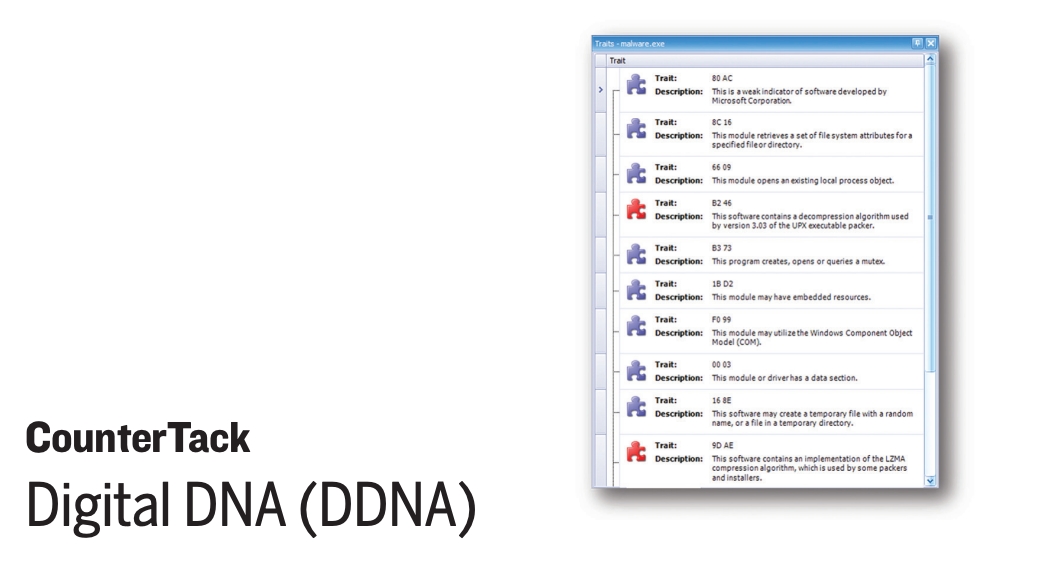
GoSecure Responder Pro
Digital DNA (DDNA) is a memory analysis technology used to detect execution behaviors during a computer's runtime and identify potential malicious activities. This technology can be embedded into monitored devices and operates via the cloud. Its core functions include generating Digital DNA sequences, which enable the effective detection of new and previously unknown malware. It also provides detailed analysis and reporting, offering comprehensive malware detection reports. Through behavioral profiling, DDNA describes the characteristics of potential threats. Additionally, it includes binary and symbol analysis, aiding in a deeper understanding of malware structure and operational mechanisms. The technological advantages of DDNA make it a key tool for defending against unknown threats, enhancing system security, and improving threat identification capabilities.
- Supports memory dumping and analysis on Windows and Linux systems.
- Digital DNA technology effectively analyzes malware within memory dump files and assigns a Severity score for analysts' reference.
- Includes a disassembler to display code from specific processes.
- Provides trait-based insights, including descriptions and weighted attributes, helping analysts understand the functionality and behavior of specific modules.
- Supports livebin extraction, allowing retrieval of specific code segments from running processes for further analysis.
- Visualizes memory dump files in a process tree format, displaying Process ID, parent process, file path, and command-line parameters.
- Displays network connection details found within memory dumps, including IP addresses and port numbers.
- Enables static analysis of binary files such as DLLs and EXEs to detect potential malicious code.